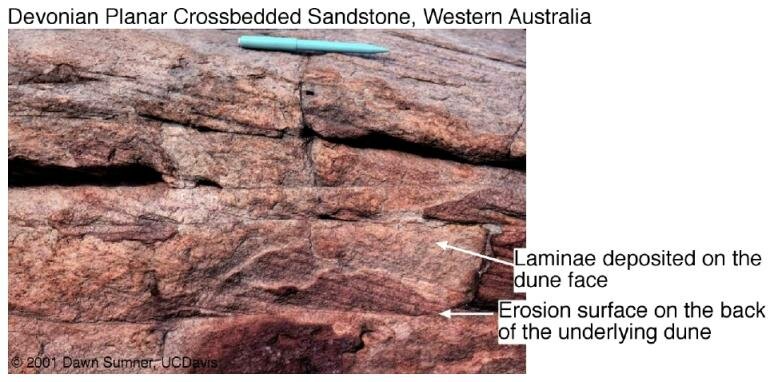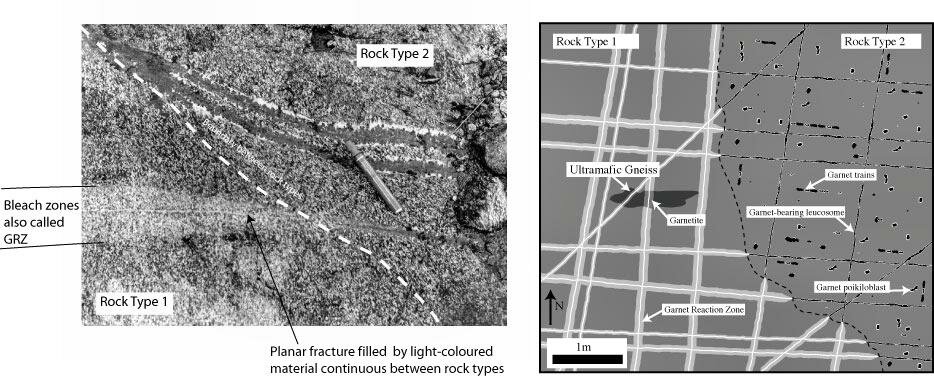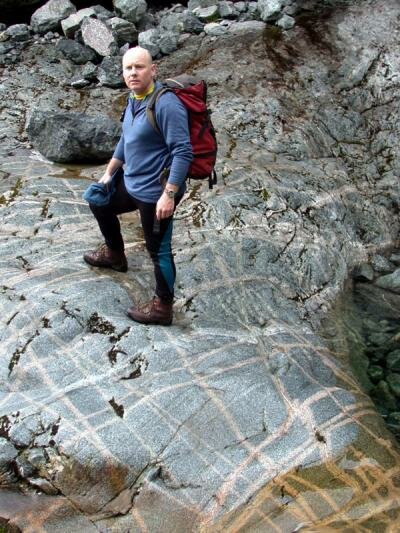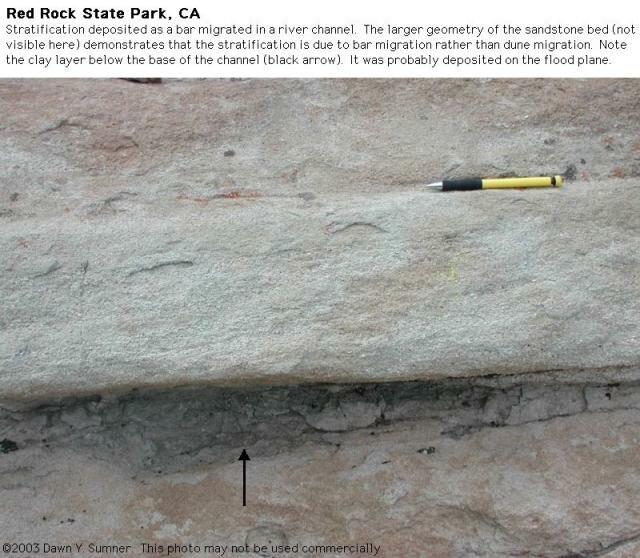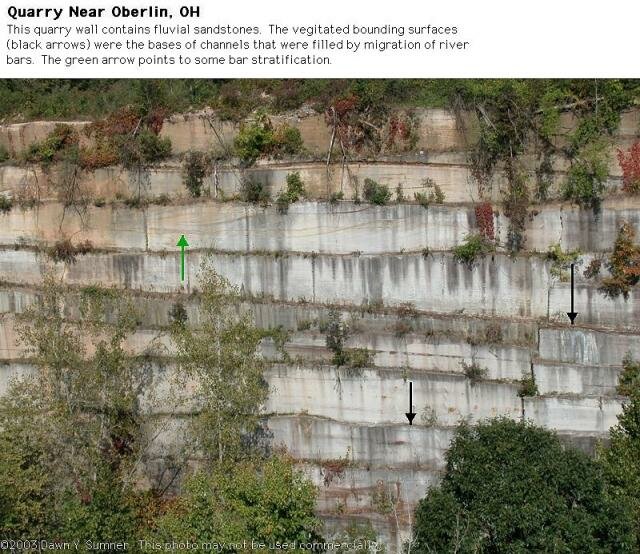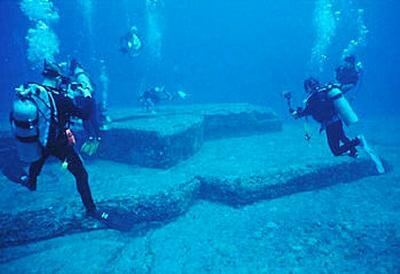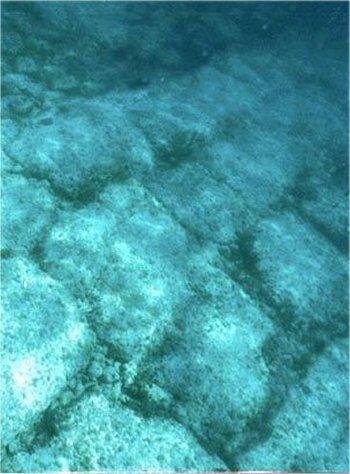
History Hunters International
Revealing the Treasures of History|
Main Menu
Handy Hints 2
Do you need the perfect gift for the man in your life? Consider purchasing him a straight razor! With many razors to chose from, it's the perfect gift! We offer collectable straight razors, knife sharpening kits, and scissors and clippers! Sign online today for the best in knives!
Recent Topics
[Today at 02:23:27 AM]
by Tom Zart
[February 09, 2008, 11:35:57 PM]
by Diving Doc
[February 09, 2008, 08:46:44 PM]
by Solomon
[February 09, 2008, 08:16:28 PM]
by Solomon
[February 09, 2008, 03:45:43 PM]
by Solomon
[February 09, 2008, 11:19:03 AM]
by Bart
[February 09, 2008, 06:32:57 AM]
by Bart
[February 08, 2008, 08:27:48 PM]
by Bart
[February 08, 2008, 08:07:33 PM]
by Bart
[February 08, 2008, 07:51:13 PM]
by Bart
[February 08, 2008, 07:36:06 PM]
by Bart
[February 08, 2008, 07:24:56 PM]
by Bart
[February 08, 2008, 06:55:48 PM]
by Tom Zart
[February 08, 2008, 04:32:28 PM]
by Solomon
[February 08, 2008, 10:55:39 AM]
General Articles
Al-Farghani and the ?Short Degree? by Administration
Questionable Origins by Administration A History of the World by Administration The Castles of The Crusaders by Administration Piri Reis and the Columbus Map by Administration Bligh: The Voyage Home by Administration The Imperial Capital by Administration Revealing the Secrets of Al Capone?s Fortress West by Administration John Cabot's 1497 Voyage & the Limits of Historiography by Administration TB, a Levant Company Factor on Pilgrimage, 1669 by Administration "Honest Benbow" by Administration BUCCANEERS by Administration Southwark - Famous Inns of Olden Times by Administration Seas Beneath The Sands by Administration The Iliad by Administration The Diplomacy of the Sons by Administration Blackbeard, Or The Pirate of Roanoke by Administration Atlantis: The Antediluvian World by Administration The Notebooks of Leonardo Da Vinci by Administration Compilation of Colonial Spanish Terms by Bart
Top Downloads
Wikipedia
|
|














